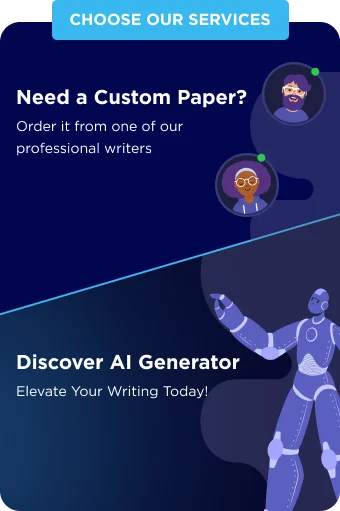Being two decades into the 21st century, we still aren’t sure about how education will look at the end of it. The future of learning keeps being one of the hottest topics in both teaching and tech communities. Probably, that’s because everything keeps changing so fast! One day schools hand out tablets to every student and call it the best thing since the writing was invented, and the next day they bar all devices from the classroom and claim that nothing beats pen-and-paper games! Go figure.
Still, we at Wow Essays are trying to keep track of current trends in education, and here is what we believe to be the most significant ones.
Growth Mindset – the Most Important Current Trend in Education
When someone speaks about innovative trends in education, the first thing that springs to mind is technology. Indeed, the tech world appropriated the very word and now it seems that any “innovation” must come from Silicon Valley.
However, the trend that is going to shape the education system for years to come has nothing to do with tech, and everything to do with the human mind and beliefs. This trend is a shift from a fixed mindset to a growth mindset. What are these two mindsets?
A fixed mindset is the one that dominated the educational landscape for centuries. It is a view of human abilities and character traits as a fixed set we are given at birth. While no one is going to deny that innate predispositions and talents exist, such a mindset is often limiting. The biggest caveat of the fixed mindset is the fear of failure because failure is seen as insufficiency of your fixed talents to meet equally fixed standards. This makes failure somehow irreversible and therefore – to be avoided.
Whereas growth mindset is rooted in the belief, that intelligence can and should be constantly developed. Failures are therefore seen as opportunities for learning and improvement and are to be embraced and celebrated.
Blended Learning – the Biggest of All Trends and Issues in Education
The majority of educational trends and issues today comes down to integrating new tech tools into traditional teaching techniques.
Learning apps, VR/AR, distance collaboration boards, digital assistants, and AI – all these are not as much trends as new tools, and their numbers are growing by the hour. Blending them seamlessly into education, therefore, is an ongoing challenge for teachers and parents.
Why is this a challenge? The main problem is that people tend to see technology either as a silver-bullet or as a major threat, instead of seeing it for what it truly is – a medium full of diverse possibilities.
Tapping into this potential indeed may enrich learning experiences for students and make the teacher’s job easier, but the goal remains unchanged – motivating students to strive for knowledge and teach them to use these tools for independent learning.
Maker Ed – One of the Prominent Education Trends in US
Maker Ed has gained momentum in America in 2005, so you can hardly call it one of the latest education trends, but it is influential and its significance keeps growing, reshaping school education and communities.
Maker Education is an approach to learning as making and inventing to solve authentic problems students encounter in real life. The participants of the movement believe that people are born makers, creators, and innovators. Maker Education grew out of the endeavor to popularize STEM and since then has become a way to teach and learn anything, encourage imagination of the youth, and enable them to change the life for better.
Maker Ed nurtures learner-driven research, interdisciplinarity, project-based learning, peer-to-peer teaching, and collaboration. Another valuable notion is “falling forward” that is embracing mistakes as a source of information and opportunity.
Migration and Life-Long Learning – the Global Trends in Education
Migration is still on the increase in 2020, although Asia is slowly replacing Europe and America as the most popular destination for migrants. That means that classes made up of students arriving from all over the world will soon become a modern norm globally. With growing diversity, it is more important than ever to teach common values at school and make people of various cultural backgrounds willing to listen to each other.
This also means that people will learn new languages and new professions during their entire life. Life-long learning has been one of the major future trends in education for some time now, with longer life expectancy and increasingly dynamic jobs market, and due to the migration, it shows no signs of waning.
“Job for life” is already a thing of the past. That is unless you are a teacher.
Digital Competence – the Most Important of New Trends in Education
One of the newest challenges of the education system is, of course, to do with the digital medium. Only several years ago, the hottest trend in online education was cybersecurity and internet etiquette, which haven’t lost their importance, of course.
However, it became evident that on top of that, students need more focus on critical thinking and inquisitiveness to counteract the echo chamber effect that social media and search engines create. When information is catered to us by algorithms based on our preferences, it is easy to become trapped in a bubble of like-minded opinions.
Schools need to teach students not only how to navigate the sea of information safely and how to be successful in online classes. They need to arm them with skills to tell facts from junk science and sensational claims, while at the same time be more open to opposing views and ideas.
As you can see, the educational challenges in 2020 all come from a good place: the goal of realizing the full human potential and making life better for the entire community!















